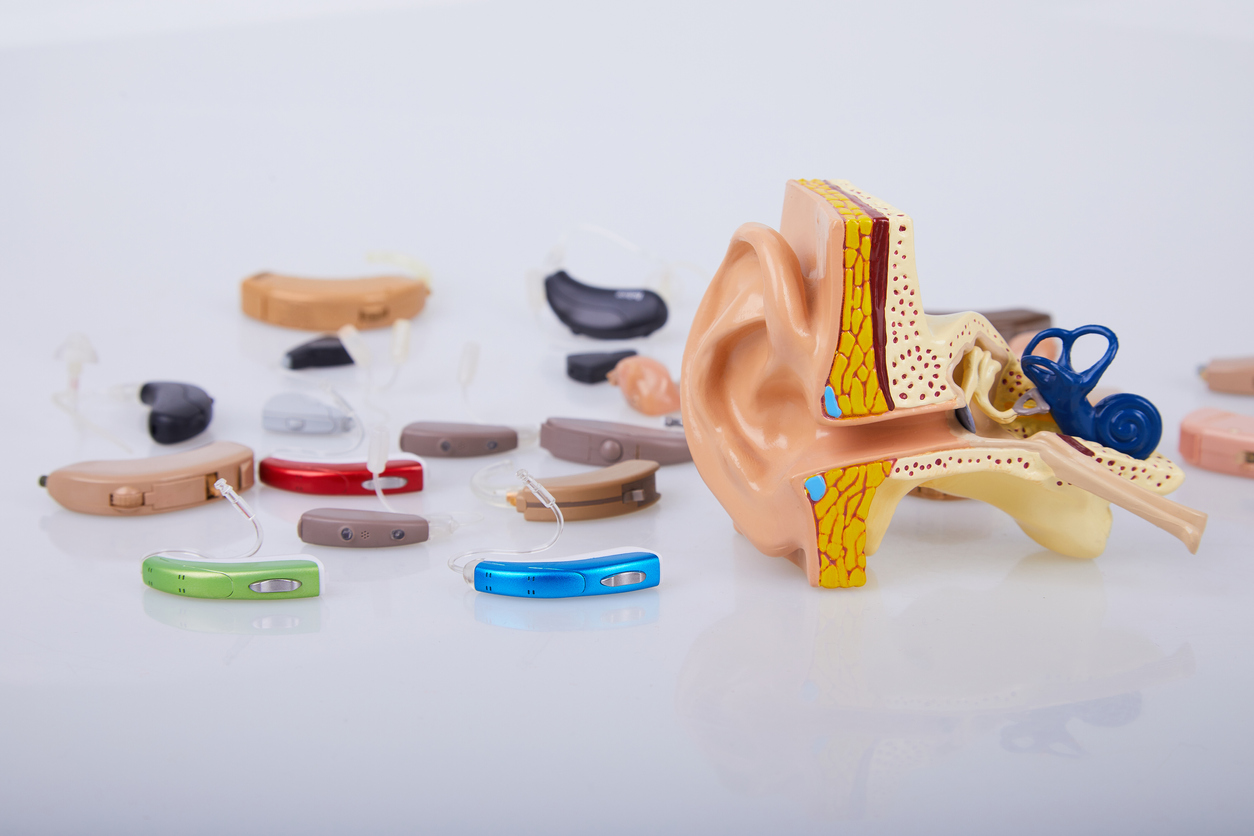With the long-awaited FDA final rule on OTC hearing aids entitled Medical Devices; Ear, Nose, and Throat Devices; Establishing Over-the-Counter Hearing Aids is now on the books, the Agency has issued a final guidance (here) on these products which explains the differences between, and the new regulatory framework for both hearing aids and personal sound amplification products (PSAPs). The final rule, which published today (here) is 65 pages in length and fully explains how the FDA got to this point, from a statutory and regulatory perspective, and discusses in summary from the over 1000 comments that the Agency received on the proposed rule. Many comments supported the proposed rule and many expressed concerns regarding its implementation, but FDA notes that the goal was to make these devices more widely available to patients at a lower cost. FDA states that many of the comments that were not in favor of the rule worried about the proper diagnosis of hearing loss and the professional intervention for selecting and fitting the device, as the final rule makes these OTC devices available without either. The Agency reiterated that the OTC products will make such products more widely available without a medical examination, prescription, or fitting adjustment by an audiologist. For more severe hearing loss, prescription products will still be available, and consumers will still be able to utilize the services of health care professionals if they so choose, but the OTC hearing aids can be purchased with or without such assistance.
The guidance discussed the difference between hearing aids and PSAPs. FDA notes that PSAPs are not devices because they are not intended to treat cure or mitigate disease and are not intended to compensate for hearing impairment and cites examples of such products as intended to generally amplify sounds in specific listening environments for non-hearing impaired listeners. Hearing aids in the new OTC category are devices and are regulated as devices, but are to treat patients with mild to moderate hearing loss. Differences between the two are specifically evaluated by the claims made and the labeling.
The final rule goes into effect on October 17, 2022 and because the subject is complicated and somewhat complex, it will be incumbent for the industry to fully understand the new regulatory environment and comply with the new requirements. The fun read (at least for me) is the final rule because it outlines the FDA thinking in their responses to the comments submitted to the proposed rule.




